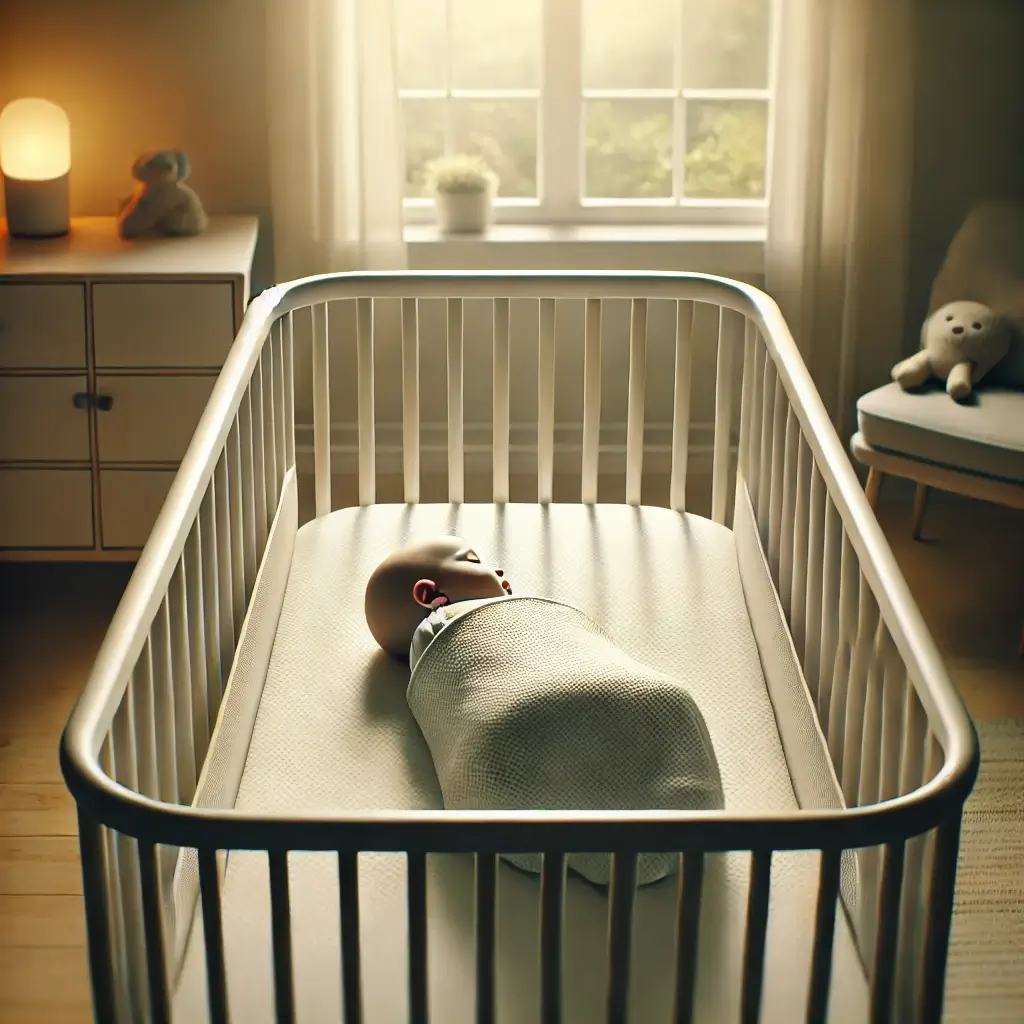The Importance of Sleep Position
It is crucial to prioritize your baby’s safety during sleep. Positioning your infant in a supine position for sleep is the most pivotal element in minimizing the likelihood of Sudden Infant Death Syndrome (SIDS). This catastrophic disorder can manifest unexpectedly.
Optimal Sleep Position for Infants
The prone position is preferred for daytime naps and nighttime sleep. This resting posture facilitates unimpeded airflow and minimizes the risk of the baby’s face occluding, which can potentially result in suffocation.
Consistent Safe Sleep Practices
It is crucial to consistently follow this safe sleep practice starting from the baby’s first day and continuing throughout their first year, as this is when the risk of Sudden Infant Death Syndrome (SIDS) is at its peak.
Creating a Secure Sleep Environment
Ensure a secure sleeping area by utilizing a rigid and level surface for sleep, accompanied by a snugly fitted sheet. Refrain from utilizing pillows, blankets, crib bumpers, stuffed animals, or any other loosely fitting covering in your infant’s crib.
The Art of Swaddling
Swaddling is a technique that can be beneficial for soothing a restless infant and encouraging improved sleep. However, it is important to ensure that the swaddle is not tight around the hips and legs and is removed once the baby demonstrates symptoms of turning over.
Protecting Your Baby from Smoke Exposure
Avoid exposing your infant to cigarette smoke, both prenatally and postnatally, as it can have harmful effects on their health. Exposure to secondhand smoke can elevate the likelihood of Sudden Infant Death Syndrome (SIDS).
The Benefits of Room Sharing
You should share a room with your infant for at least six months, preferably with the baby sleeping on a different surface within the same room. This entails maintaining proximity to your infant while refraining from sharing the same sleeping space.
Breastfeeding and SIDS Prevention
Breastfeeding is highly advised due to its potential to decrease the likelihood of Sudden Infant Death Syndrome (SIDS) and other health complications.
Safe Pacifier Usage
Providing a pacifier during naps and nighttime is advisable. Select a pacifier constructed as a single unit composed of pliable silicone material. Refrain from using pacifiers that have clips or attachments that may provide a risk of choking. Cease the usage of pacifiers once the baby enters a state of slumber.
Additional Safety Measures
Monitor Baby’s Temperature: Ensure that your baby’s sleeping environment is maintained at a suitable temperature that is both cool and pleasant. Prevent excessive heat exposure for your infant.
Regular monitoring: Continuously check on your infant at night, particularly in the initial months.
Car Seat Safety: Car seats should only be used for transportation in autos. Do not utilize a car seat for slumbering purposes outside of the vehicle.
Seeking Professional Advice
Please note that it is essential to get guidance from your pediatrician if you have any inquiries or apprehensions regarding your baby’s sleep. They can offer guidance and attend to your kid’s particular requirements.
